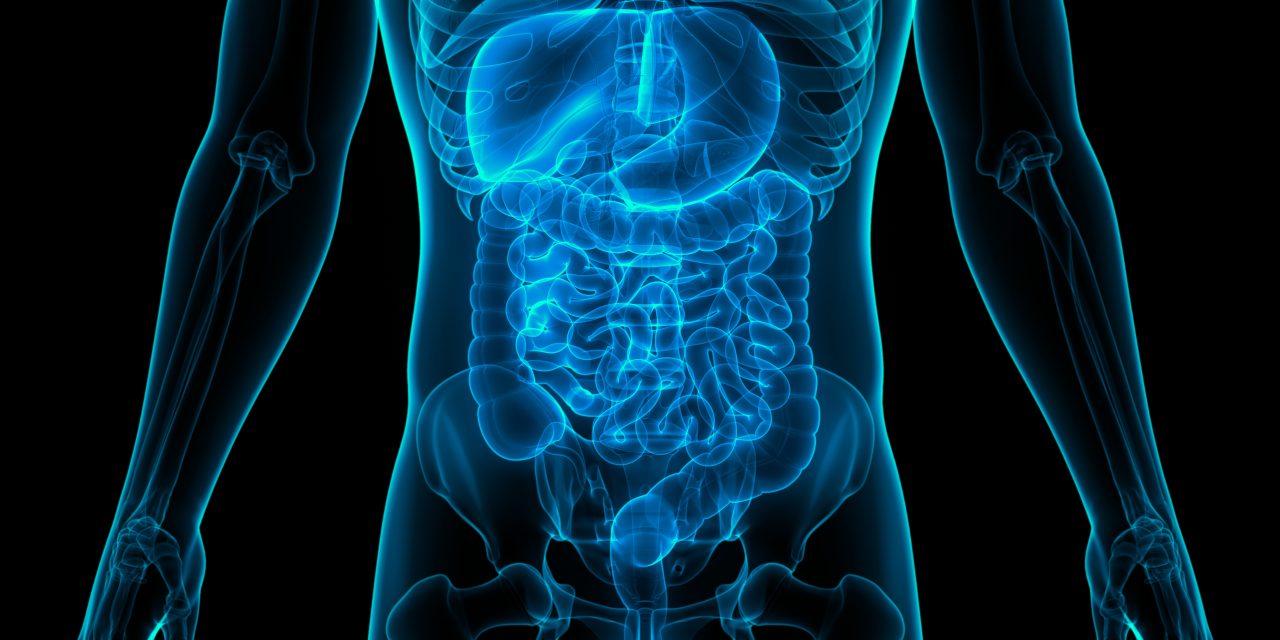For a study, it was determined that human health and disease were linked to the intestinal microbiota. The luminal microbiota (LM) and mucosal-associated microbiota (MAM) were separate ecosystems with different metabolic and immunological activities. The researchers aimed to use high-throughput sequencing of the 16S rRNA gene to describe the intestinal LM and MAM in humans. Fresh feces and distal colonic mucosal biopsies were taken from 24 healthy volunteers before (feces) and after (mucosa) a flexible sigmoidoscopy of an unprepared bowel. The 16S rRNA gene was utilized to define bacterial communities using high-throughput sequencing. The QIIME pipeline was used to process the sequences. The populations of the LM and MAM differed significantly (ANOSIM: R=0.49, P=0.001). When compared to the MAM, the LM had tighter clustering (average weighted UniFrac distances 0.27 ± 0.05 vs. 0.43 ± 0.09, respectively, P<0.001) and higher diversity (Shannon diversity index: 4.96 ± 0.37 vs. 4.14± 0.56, respectively, P< 0.001). Firmicutes (41.4% vs 29.1%, FDR <0.0001, respectively), Bacteroidetes (20.2% vs 26.3%, FDR<0.05, respectively), Actinobacteria (22% vs 12.6%, FDR<0.0001, respectively), and Proteobacteria (9.3% vs 19.3%, FDR<0.0001, respectively) were the most common phyla in the LM and MAM. Between the two niches, the abundance of 56 taxa differed considerably (FDR<0.1). The MAM contained all of the genera observed in the faecal microbiota, except ten genera that were shown to be exclusive to the MAM. The LM and MAM are two different microbial ecosystems with vastly different microbial diversity and compositions. To further understand the role of the gut microbiota in health and disease, these two microbial habitats should be examined separately.
Link:www.tandfonline.com/doi/full/10.1080/19490976.2015.1044711


